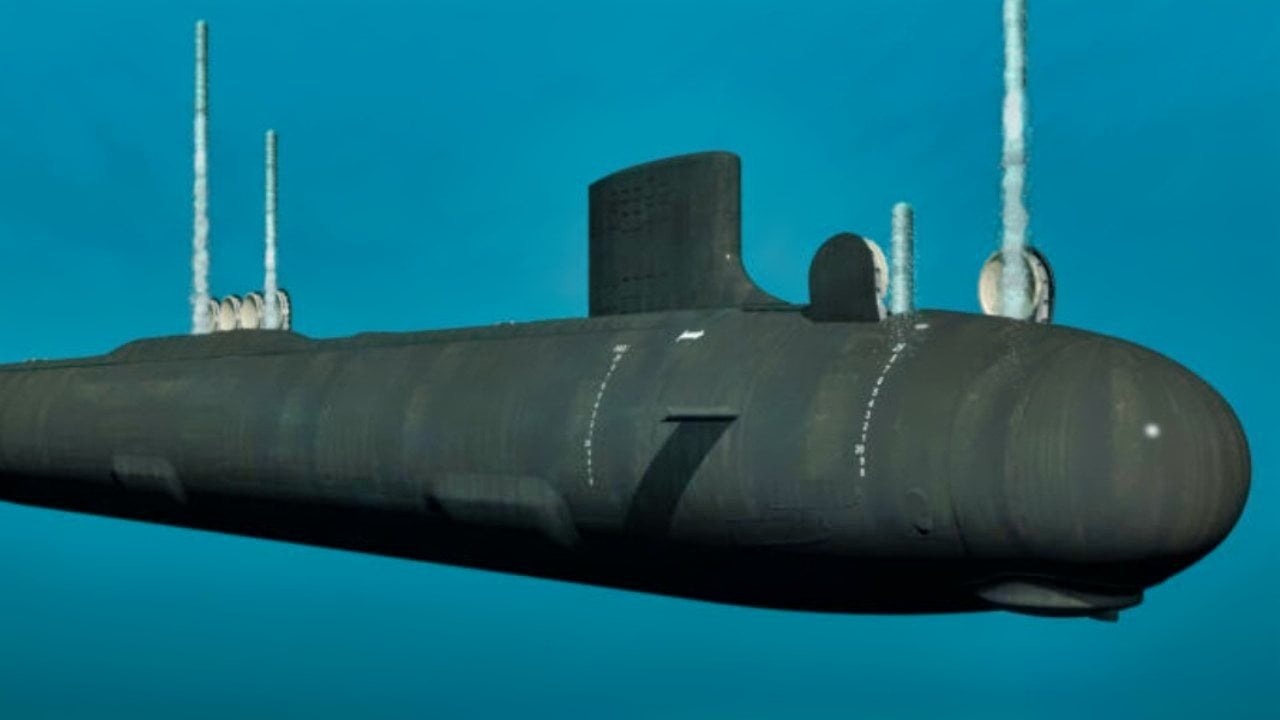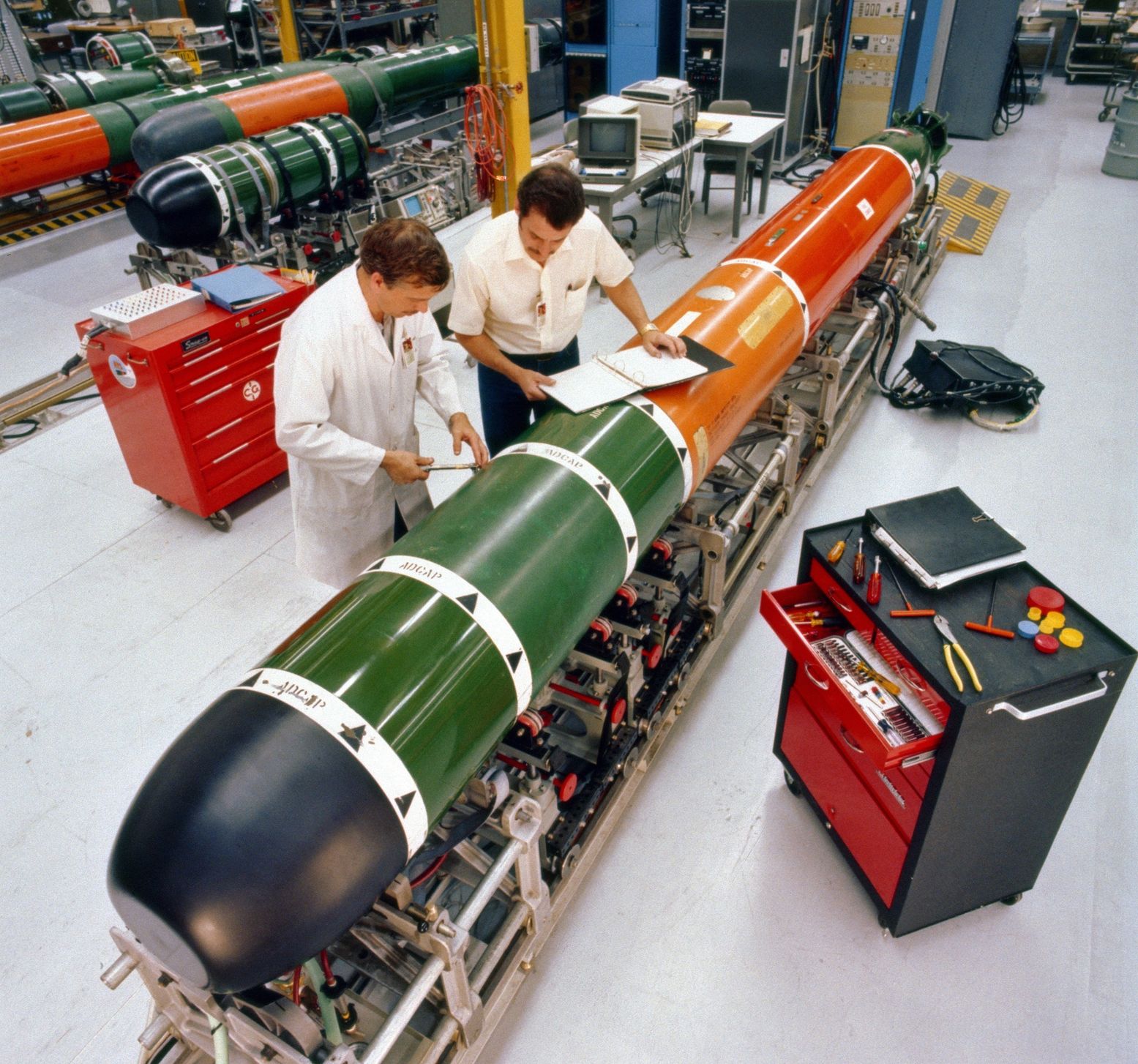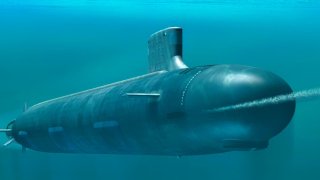Supercavitating Torpedoes: Russia and Iran Have Them (The Navy Doesn’t)
Supercavitating torpedoes, which use a cavitation bubble to reduce drag and achieve high speeds, are operated by Russia, Iran, Germany, and not the U.S.
Summary: Supercavitating torpedoes, which use a cavitation bubble to reduce drag and achieve high speeds, are operated by Russia, Iran, Germany, and not the U.S.

These torpedoes have a distinctive nose to create the bubble and often use rocket propulsion to maintain high speeds. Russia's VA-111 Shkval, in service since 1977, is a prime example, reaching speeds up to 290 mph. Iran's Hoot, believed to be reverse-engineered from the VA-111, can reach 220 mph but has a limited range of six miles.
Despite their speed, supercavitating torpedoes have a shorter operational range compared to conventional torpedoes like the U.S. Mark-48.
Two of America’s primary foes, Russia and Iran, possess a supercavitating torpedo.
As the name suggests, a supercavitating torpedo uses supercavitation to move through the water at higher velocities than conventional torpedoes. Supercavitation is the use of a cavitation bubble to reduce drag.
Supercavitating Torpedoes, Explained
The bubble forms at the nose of the object – in this case, a torpedo – and extends past the aft end of the object. It prevents contact between the sides of the object and the liquid medium through which it passes. The separation that the bubble creates between the object (torpedo) and the liquid (ocean water) significantly reduces skin friction drag, allowing the object to achieve higher speeds.
Supercavitating objects typically feature a distinctive nose, with a sharp-edged perimeter designed to produce the bubble. The nose is often articulated and shaped like a flat disk or cone. The body of the supercavitating object is typically slender – all the better to be enveloped in a cavitation bubble.
If the bubble created is not long enough to encompass the entire object, high-pressure gas can be injected near the object’s nose to extend the bubble.
Rocket propulsion is often used to sustain the high speeds needed to achieve supercavitation. Various methods can be used to maneuver a supercavitating object, including: differential thrust from multiple nozzles; vectoring rocket thrust through a gimbaling single nozzle; a tilted object nose; gas injected asymmetrically near the object’s nose to distort the bubble’s geometry; and drag fins that can project through the bubble into the surrounding liquid.
Reverse-Engineered Supercavitation
The Soviets started experimenting with supercavitating torpedoes in the 1960s. Russia's current flagship model is the VA-111 Shkval, which has been in service since 1977. The VA-111 is launched from a 533mm torpedo tube and relies on a solid-fuel rocket to achieve cavitation speeds.
A combined-cycle gas turbine in the nose creates the gas bubble. Once the VA-111 has achieved the requisite speed, an underwater ramjet, fueled by hydroreactive metals that use seawater, helps keep the torpedo humming at speeds of 230 miles per hour. Some reports suggest the VA-111 is even capable of reaching 290mph, and that the Russians may be working to develop a model capable of exceeding 350mph. The VA-111 uses four fins to change direction.
Russia jealously guards its supercavitating technology. In 2000, a U.S. citizen named Edmond Pope was convicted of espionage related to information he gathered about the VA-111. Pope, a former U.S. naval officer turned businessman, was said to be spying on behalf of the U.S. Defense Intelligence Agency. He was sentenced to 20 years, but after being held for 253 days, Pope was pardoned on humanitarian grounds by newly elected Russian President Vladimir Putin: The U.S. government claimed that Pope had a rare form of bone cancer. Pope has always maintained his innocence.

Iran operates a supercavitating torpedo, too, the Hoot (which is Persian for Whale). Most industry experts agree that Iran reverse-engineered the VA-111 to create the Hoot, which has been in service since 2006. Apparently, the torpedo can reach speeds of 220mph, but it only has a six-mile operational range. Iran claims to have successfully test-fired their supercavitating torpedo from a surface ship in the Strait of Hormuz.
Despite their advanced speeds, supercavitating torpedoes are limited in range to under 10 miles. Conventional torpedoes, like the American Mark-48, can travel 24 miles.
About the Author
Harrison Kass is a prolific defense writer with over 1,000 published articles. An attorney, pilot, guitarist, and minor pro hockey player, he joined the US Air Force as a Pilot Trainee but was medically discharged. Harrison holds a BA from Lake Forest College, a JD from the University of Oregon, and an MA from New York University. He lives in Oregon and listens to Dokken.
Image Credit: U.S. Navy or Creative Commons.


